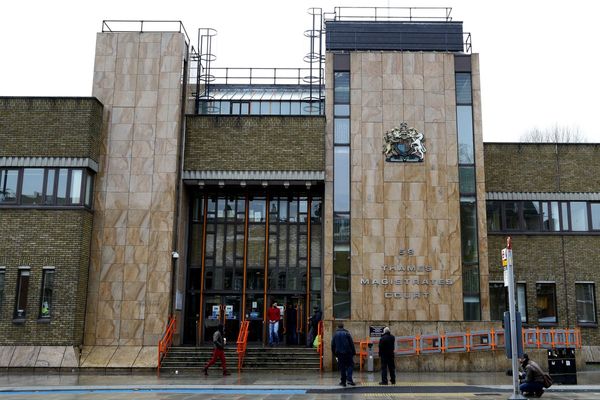
Recent extreme weather events in Texas have highlighted the critical importance of maintaining a reliable power supply. Houston, in particular, has been grappling with power outages as temperatures soar, leaving hundreds of thousands without air conditioning during brutal heatwaves.
The state's electrical infrastructure has been under strain, with back-to-back storms causing widespread power failures. Despite the urgent need to strengthen the grid to withstand extreme weather, Texas has been investing heavily in new natural gas-fired power plants instead of focusing on grid resilience.
Experts have raised concerns about the state's overreliance on natural gas generation, emphasizing that simply adding more electricity to the grid does not address the vulnerability of power lines to severe weather events like hurricanes.
The aftermath of the deadly deep freeze in February 2021, which resulted in widespread power outages, underscored the fragility of Texas's power system. While some efforts have been made to address weather-related challenges, such as replacing old wooden electrical poles with more durable materials, more comprehensive measures are needed to safeguard the grid.
One proposed solution is the implementation of microgrids powered by a combination of solar and natural gas, which could provide a more resilient power source for critical facilities like hospitals and nursing homes during emergencies.
However, challenges remain, including a lack of funding allocation for weather resilience initiatives and a reluctance among Texas officials to acknowledge the role of climate change in exacerbating extreme weather events.
As Texas continues to face a barrage of storms and extreme weather conditions, the need for proactive measures to enhance the state's electrical infrastructure and ensure reliable power supply has never been more pressing.







